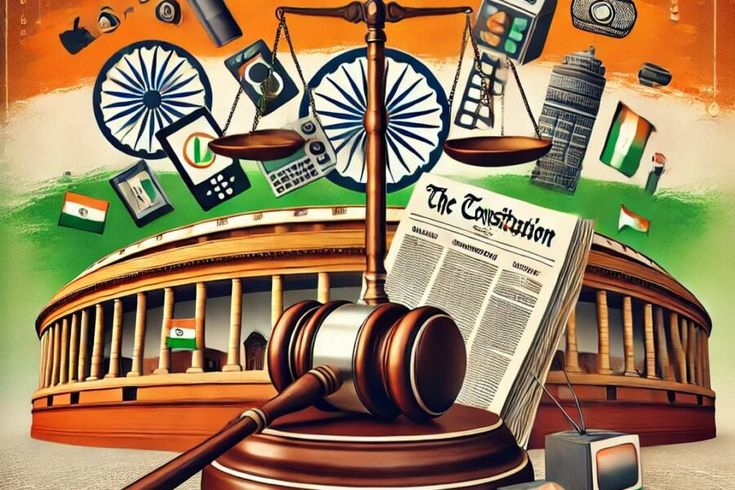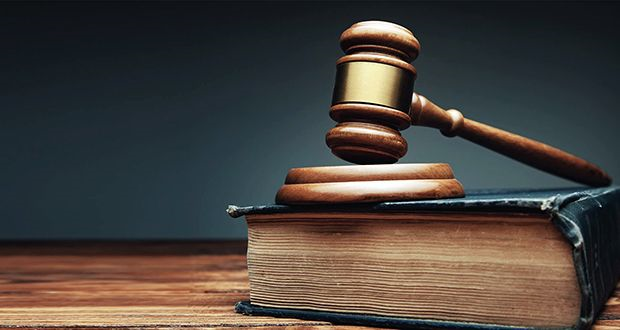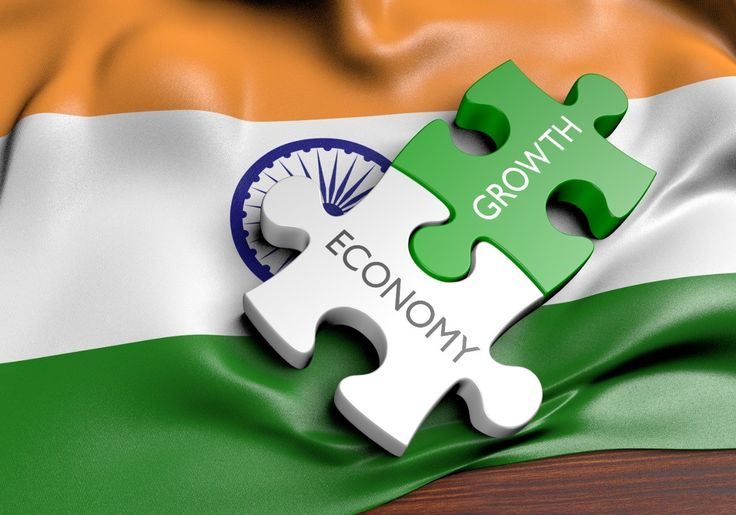Reframed Introduction
The Indian Constitution establishes a parliamentary form of government both at the Union and State levels. In this system, the President is the constitutional head of the State, while the real executive authority is exercised by the Council of Ministers, headed by the Prime Minister. Although the President is the supreme executive authority in theory, Article 74 of the Constitution mandates that the President shall exercise powers only on the aid and advice of the Council of Ministers. This reflects a key democratic principle—the real executive power rests with elected representatives, ensuring accountability to the people through Parliament.
Thus, understanding the relationship between the President and the Union Council of Ministers is essential to appreciating the true functioning of India’s constitutional governance.
Constitutional Framework Governing Their Relationship
Article 52
Provides for the office of the President of India.
Article 74(1)
States that there shall be a Council of Ministers headed by the Prime Minister to aid and advise the President.
After the 42nd Constitutional Amendment (1976), the President must act in accordance with this advice.
The 44th Constitutional Amendment (1978) allowed the President to ask the Council of Ministers to reconsider the advice once, but after reconsideration, the President must accept the advice.
Article 75
- The Prime Minister is appointed by the President.
- Ministers are appointed by the President on the advice of the PM.
- The Council of Ministers is collectively responsible to the Lok Sabha.
This establishes the Prime Minister’s central role and ensures that the real executive authority lies with the Council of Ministers.
Nominal vs. Real Executive Authority
The Constitution distinguishes between:
| President | Council of Ministers (with PM) |
|---|---|
| Nominal / Constitutional Head | Real Executive Authority |
| Performs functions based on advice | Decides policies, makes decisions |
| Symbolizes nation and unity | Responsible to Parliament |
| Ceremonial role in many cases | Holds political and administrative power |
This reflects the Westminster system, where the head of state acts as a neutral constitutional guardian, and the elected government exercises power.
Functions of the Union Council of Ministers in Relation to the President
1. Policy Making and Administration
The Council of Ministers frames policies on governance, economy, national security, social welfare, etc. These decisions are communicated to the President, who formally approves them.
2. Control Over Executive Administration
All ministries and departments operate under the guidance of respective Ministers. The President is only the formal head; administrative control lies with the Council.
3. Legislative Functions
- The President summons and prorogues Parliament on ministerial advice.
- The President’s speech at the opening of a parliamentary session reflects Cabinet policy.
- Money bills can be introduced only with prior approval of the Council of Ministers.
4. Financial Functions
- The Union Budget is prepared by ministers.
- The President presents the budget formally, but has no role in its preparation.
5. Appointment Powers
While the President formally appoints:
- Prime Minister,
- Ministers,
- Chief Justice and Judges,
- Governors,
- CAG, UPSC Chairperson, etc.,
These appointments are typically made based on the recommendations of the Council of Ministers.
Prime Minister’s Dominant Position
Although the Constitution speaks of the Council of Ministers, real control lies with the Prime Minister, who:
- Selects and removes ministers.
- Acts as the chief spokesperson of the Government.
- Allocates portfolios and coordinates policy.
- Leads the government in Parliament.
Thus, the Prime Minister is the pivot of the Council of Ministers.
Why Must the President Follow the Council of Ministers’ Advice?
- Democratic Accountability:
The Council of Ministers is answerable to the Lok Sabha, while the President is not elected directly by the people. - Parliamentary Principles:
Real executive power must lie with representatives elected by citizens. - Continuity and Stability:
Ensures smooth functioning of government without constitutional conflicts.
Judicial Interpretation Strengthening Ministerial Control
Shamsher Singh v. State of Punjab (1974)
The Supreme Court held:
The President is only a formal head, and actual power rests with the Council of Ministers.
U.N. Rao v. Indira Gandhi (1971)
Reiterated that the President’s powers are exercised through and based on ministerial advice.
R. K. Jain v. Union of India (1993)
Confirmed that collective responsibility to Parliament forms the backbone of ministerial governance.
These judgments cement the principle that the President does not govern independently.
When Can the President Exercise Discretionary Powers?
Although limited, the President does have certain discretionary powers, such as:
- Appointing a Prime Minister in case of a hung Parliament.
- Seeking reconsideration of ministerial advice once.
- Sending messages to Parliament.
- Reservation of Bills for consideration of the President.
However, these powers are exceptional, not routine.
Mnemonic to Remember the Key Points
“P-A-C-P-C” → “President Acts, Cabinet Plans and Controls”
| Letter | Meaning |
|---|---|
| P | President is the Nominal Head |
| A | Act on Aid and Advice of Council |
| C | Cabinet is the Real Executive |
| P | PM is the Center of Power |
| C | Council is Collectively Responsible to Lok Sabha |
About lawgnan
Gain a clear understanding of the relationship between the President and the Union Council of Ministers—a cornerstone of India’s parliamentary democracy. Learn how Articles 52, 74, and 75 define their powers, roles, and constitutional balance. Discover why the President is the nominal head while the Prime Minister and Council of Ministers hold real executive authority. Read detailed case laws like Shamsher Singh v. State of Punjab and U.N. Rao v. Indira Gandhi that reinforce this framework. Visit Lawgnan.in for in-depth explanations, notes, and mnemonics tailored for law students and UPSC aspirants.




